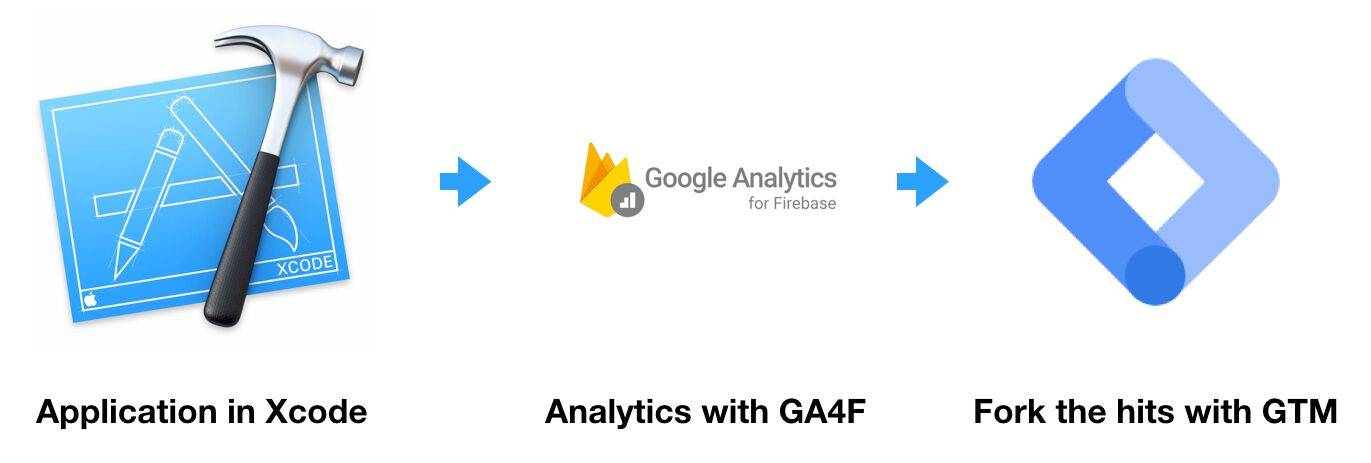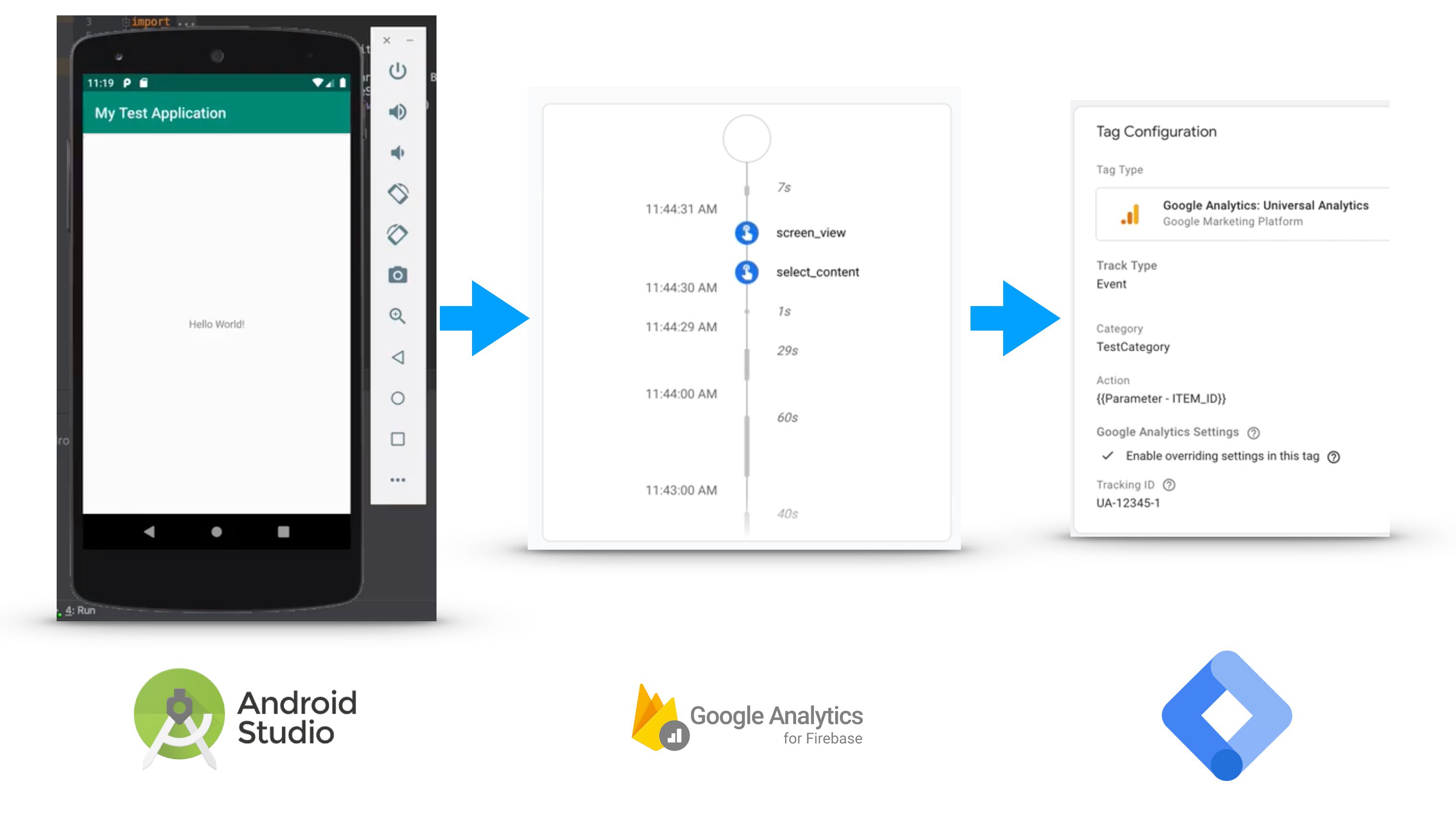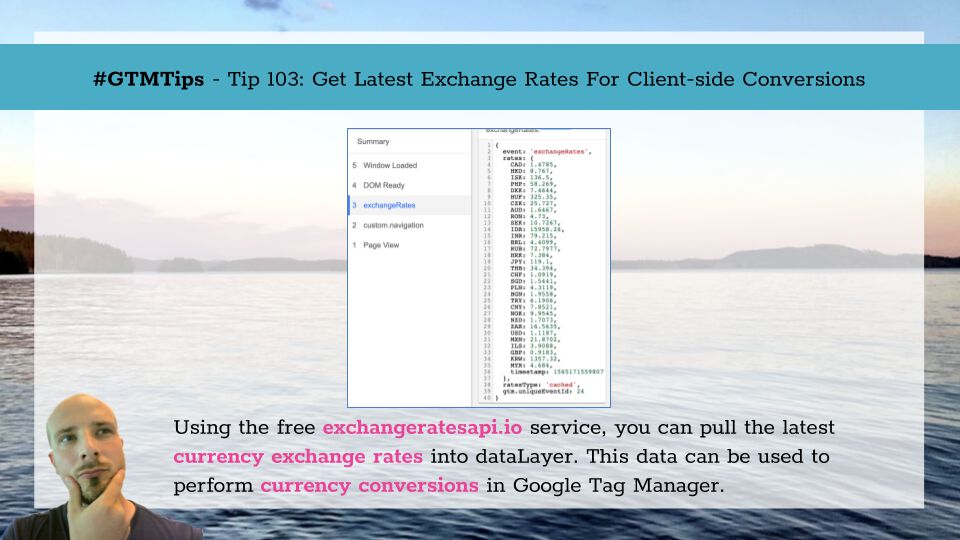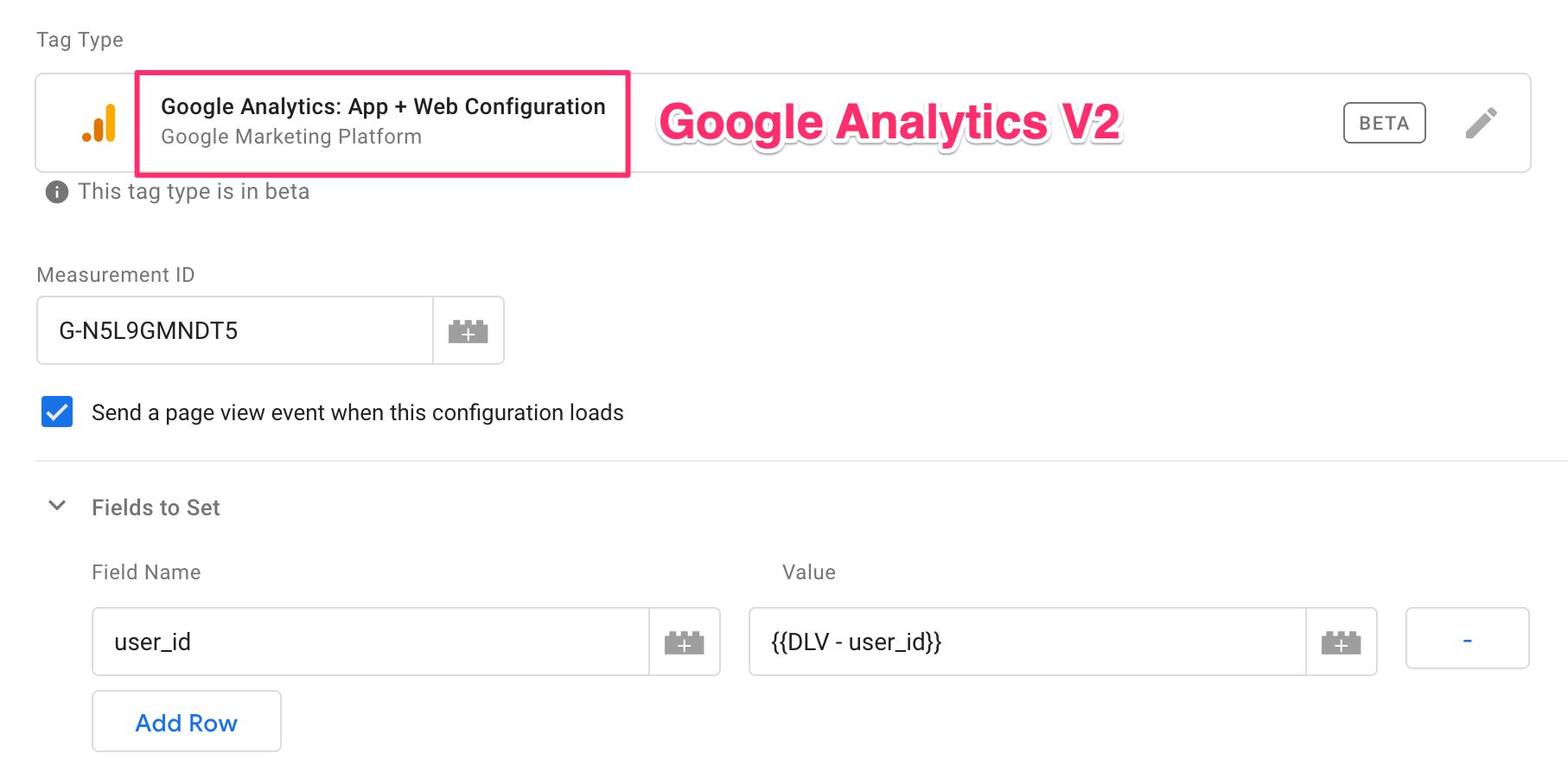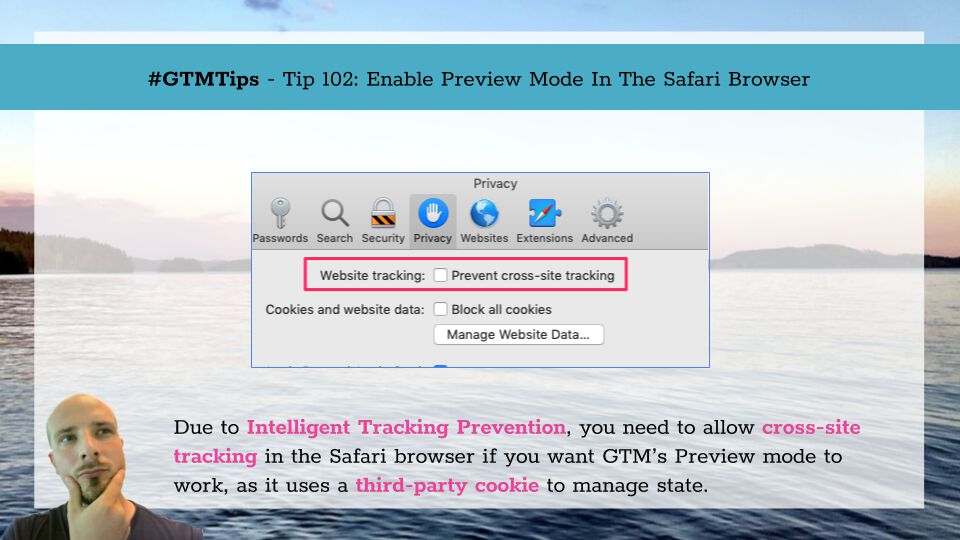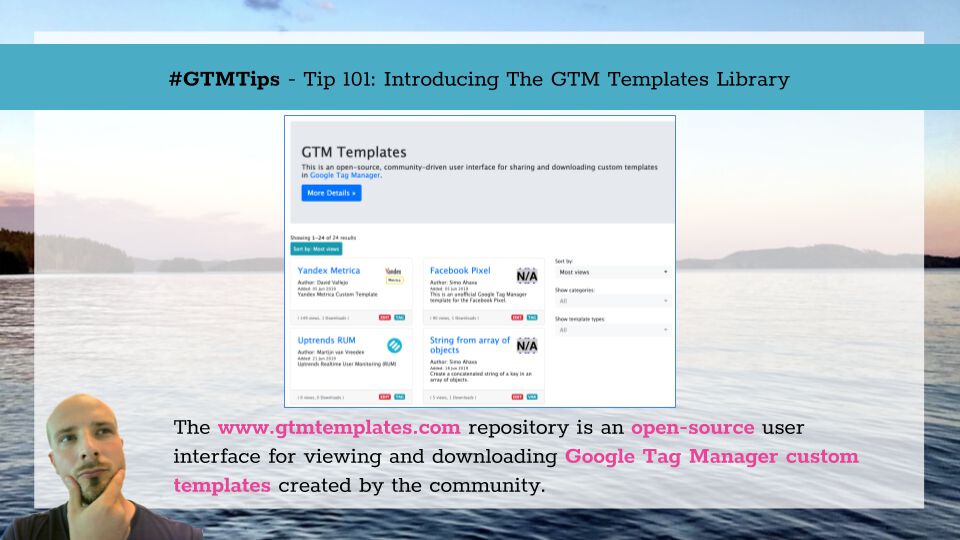Update 7 October 2020: BigQuery Export can now be configured via the property settings of Google Analytics: App + Web, so you don’t need to follow the steps in this article. Check out Charles Farina’s guide for how to do this.
Here’s yet another article inspired by the fairly recent release of Google Analytics: App + Web properties. This new property type surfaces Firebase’s analytics capabilities for websites as well, when before they were restricted to mobile apps only (see my guides for iOS and Android).

